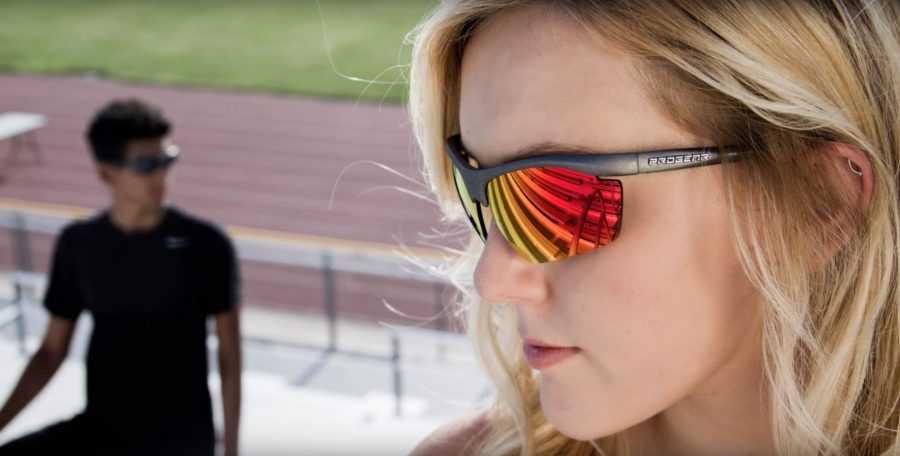<p style="text-align: justify;">Impaired vision shouldn’t have to prevent your teen from pursuing their favorite activities and engaging in an active life. Traditional glasses and contact lenses aren’t up for the rigors of sports fields or courts, but that doesn’t mean there aren’t options available. Fortunately, there are a few options available for teens, whether they’re dealing with minor or major corrective issues. These are three of the best options available for your active teen.</p>
<h2 style="text-align: justify;">Sports Goggles</h2>
<p style="text-align: justify;">The strength of sports goggles comes in their durability and accessibility. A sturdy pair of goggles can last a lifetime—or at least until you need to have your prescription updated—and they can simply be hung up on the shelf until it’s time to get out in the field. That doesn’t mean that there aren’t any disadvantages. The size and design of goggles can limit an athlete’s peripheral vision significantly. Still, they’re a great choice for acts like swimming of skiing, where having a full layer of protection for your eyes can be a major competitive advantage.</p>
<h2 style="text-align: justify;">One Day Contact Lenses</h2>
<p style="text-align: justify;">While long term contact lenses and traditional glasses are generally just fine for everyday activities, the rough nature of sports means that they’re easily damaged or lost. The advantage of one day eye contacts is how easily they can be replaced. Since they’re designed to be used only once and then tossed away, there’s no significant financial loss if one is damaged or lost in the field. They’re an inexpensive substitute that your teen can use in addition to their more traditional glasses or contacts, to be set aside and just pulled out when it’s time for practice or game day.</p>
<h2 style="text-align: justify;">Gas Permeable Lenses</h2>
<p style="text-align: justify;">While one day contact lenses may be a great option because of their disposable nature, gas permeable lenses offer advantages all their own. Their harder surface makes them more rigid and able to sustain damage, so you’ll have to worry less about them cracking or taking dust or damage in the middle of a game. They also make it easier for oxygen to enter the eye, a huge boon when dealing with the high intensity nature of sports. For teens dealing with complex conditions like astigmatism, the extra support that hard lenses offer can provide sharper vision than they’ll find with soft lens alternatives.</p>
<p style="text-align: justify;">While all of the above options are feasible options for an athlete with vision issues, the verdict seems to lean in favor of contact lenses. Over 80% of Americans who use glasses and contact lenses prefer contacts when at the gym or engaged in athletic activities. Regardless, you should sit down with your teen and figure out the right plan for their needs.</p>

3 Eyewear Options for Your Vision-Impaired Teen Athlete
